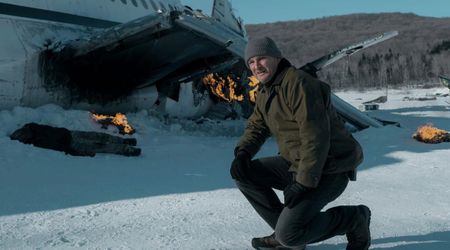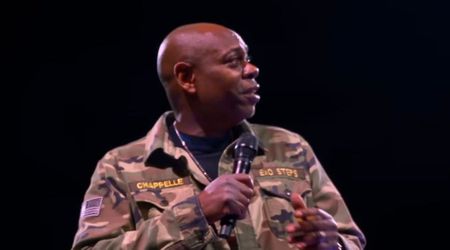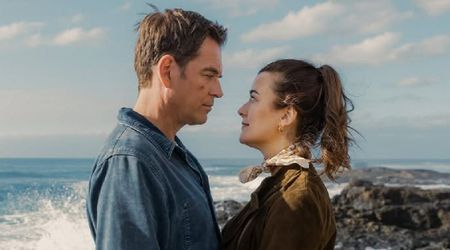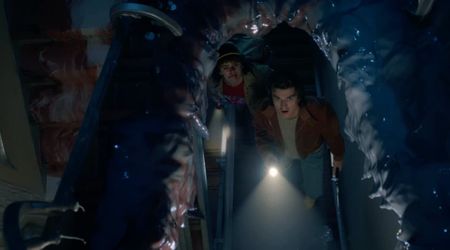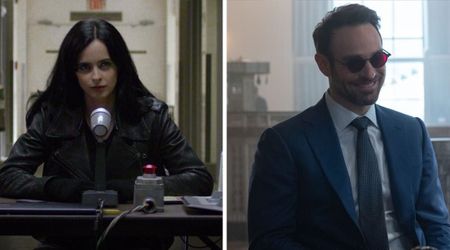‘13 Hours: The Real Story’ on deadly 2012 Benghazi attacks shows how four brave Americans risked their lives to pursue peace in Libya

It is no secret that movies can serve as effective political weapons. Instead of trying to give an actual picture based on facts, many films- which claim that they are inspired by true events- try to over-dramatize situations to push a particular political agenda.
Take, for example, Michael Bay's 13 Hours: The Secret Soldiers of Benghazi, which dramatized the deadly 2012 attack on the US consulate. The film was touted by several right-wingers as a scathing assault on 2016 presidential hopeful Hillary Clinton, who was accused of mishandling the situation while serving as Secretary of State at the time.
Despite the movie's over-exaggeration, it remains a fact that the Benghazi attacks, which took place on the evening of September 11, 2012, and into the next morning have certainly been mired in controversy.

Now, a brand new Reelz documentary "13 Hours: The Real Story" is trying to separate fact from fiction to show viewers that what really happened in the Libyan city is more intriguing and thrilling than what made it to the box office.
The documentary brings out the details behind the devastating assault on the US Consulate in Benghazi in 2012 that was depicted in the Oscar-nominated movie, which focuses on the heroic battle fought by US security forces.
The undramatized version of events as recounted in the documentary tells the story of Ambassador Chris Stevens, who risked his life to pursue peace in Libya but eventually became the target of the attack.
Stevens became the first American ambassador to be killed in action since 1979 when Adolph "Spike" Dubs died during a rescue attempt after being kidnapped in Afghanistan.

Three more Americans died on that fateful night, including computer expert Sean Smith, and two former Navy Seals, Tyrone Woods and Glen Doherty.
Several observers noted that the compound, being just a provisional base, did not meet security specifications as required.
In fact, Ambassador Stevens was visiting the US Special Mission in Benghazi only for a week and was normally based at the US embassy in Tripoli.
The special project saw the ad hoc consulate set up to keep a check on growing tensions after the fall of the Gaddafi regime.
The facility became particularly vulnerable owing to the situation, and it was later found that the US Department of State did not gather any specific intelligence of an imminent attack, nor did they adequately support security requests from its own security personnel in Benghazi.
As a result, Libyan guards at the facility were unable to stop the swarm of attackers breaking into the compound.

During the militant offensive -- which began at around 9.40 pm -- Ambassador Stevens, security agent Scott Strickland and computer expert Sean Smith were forced to hide in a secret safe haven with heavy metal fencing built specifically for high-risk situations.
The terrorists set fire to one building after the other, and eventually lit up the main facility where Stevens and the others were hiding.
Strickland would later reveal the raging flames caused thick smoke to engulf the entire building, and despite several attempts, he was unable to communicate with the other agents who had arrived to rescue the ambassador and his team.
When the CIA agents, who were stationed just a mile away, finally got the go-ahead from their superiors, they secured the main building in no time.
However, while they found Smith's body, Steven could not be located due to the lethal smoke that made it impossible to access the interiors.

The US authorities would only later find that Stevens had been rushed to a hospital by Libyan bystanders and that there were several attempts made to revive him but in vain.
The cause of death was determined to be smoke inhalation, as per the Associated Press.
However, that was not the end of it.
At around 4 am in the morning, the nearby CIA complex was hit in a second attack with military-grade mortars and automatic weapons. Glen Doherty and Tyrone Woods lost their lives during the assault.
It was later understood that the trucks that stormed into the consulate bore the logo of Ansar al-Sharia, a group of radical Islamists who were working with the Libyan government to provide security. They were armed to the teeth, with a series of assault weapons, including AK-47s, grenades, and the huge canisters of diesel that were used to set the compound ablaze.
13 Hours: The Real Story premieres Thursday, August 22 at 9 pm ET/6 pm PT

